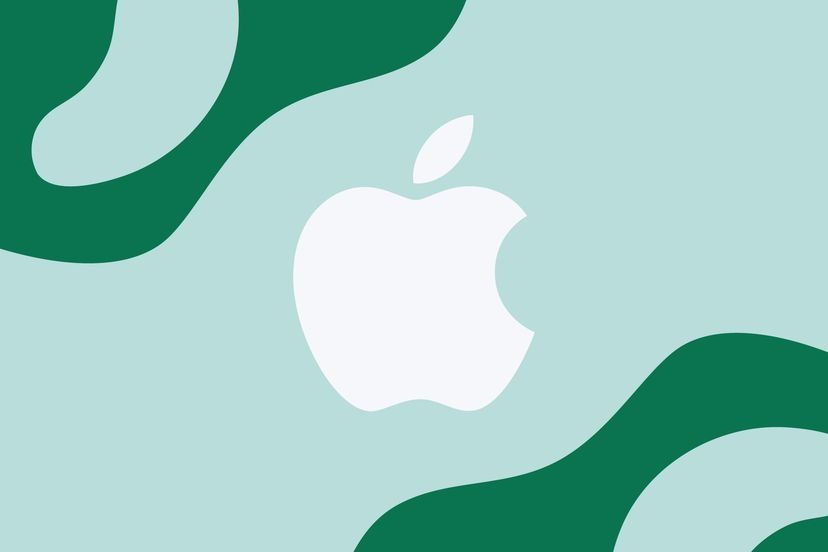The recent seismic shift allowing alternative iOS app stores and sideloading in the European Union signals new App Store era filled promise and uncertainty simultaneously. One one hand freed sideloading opens doors unlocking independent app economy frontiers beyond Apple’s walled garden chokepoints.
But questions linger whether new liberties introduce hidden developer dilemmas and market instability long term impacting viability and innovation positively or negatively.
Demystifying the EU Sideloading Policy Concessions
Specifically, recent Apple EU App Store policy announcements welcome two notable changes shaking status quo concentrations held historically:
- Allowing alternative third-party iOS app stores distribution
- App sideloading permitting app installs circumventing app stores entirely
This means developers now publish apps reaching EU iPhone users without required Apple Store listings ceding notable revenue commissions enforced previously.
Moreover users themselves freely install apps from external sources or third-party catalogs beyond static singular App Store singularities imposed limiting optionality unfairly.
Divided Reactions from Developers
Understandably developer reactions manifest mixed given new choice spectrums confronting opportunities still uncertain completely.
Many see reduced distribution costs, pricing flexibility and audience reach expansion appealing greatly.
But others raise concerns around disrupted discovery dynamics, fragmented development investments and weakened security assurances comparatively.
So what unaddressed nuances determine fortunes amidst iOS app environment upheaval?
Lower Costs and Broader Access – In Theory
The rosiest outlooks celebrates escaping Apple’s steep 30% (15% under $1M) in-app purchase commissions extracting sizable chunks revenues historically.
This promises nurturing smaller developers profitably serving niche audiences viable where model thresholds pinched unbearably previously.
Additionally, expanded distribution channels promise reaching more users circumventing centralized control hurdles faced standalone.
Clear Sailing or Stormy Seas?
However, rosy projections assume sustainable alternative app stores emerge supporting healthy audience reach and competition dynamics long term.
Because if fragmented environments diffuse without productivity tools cooperation supporting workflows cross-platform, more headaches compound rather relief gained necessarily.
Moreover, alternative payment systems still levy processing fees regardless. So financial freedom still costs regardless facing real world payment provider processing realities billing services appropriately.
Lower Discovery and Added Development Overheads
Survey developers facing competitive product shelf positioning uncertainty given emerging app store choice abundance ahead.
Namely app marketplaces still require huge discoverability lifts ensuring visibility found among thousands competitors conceivably.
So individual apps risk lower probablity standing out substantially given consumer attention economy overloads likely.
This demands heavier marketing budget burdens traditionally supplementing organic app store surfacing dynamics responsively.
More Options Risk Option Paralysis
Too much choice also complicates decision journeys abandoning storefronts overwhelmed lacking clarity still.
So developers may support multiple stores templating identical app deliverables each channel avoiding missing opportunity costs but adding heavy multi-listing logistics friction themselves managing accordingly.
These dynamics risk hampering releases and updates facing mounting configuration complexities fragmenting development pipelines considerably.
Security and Reliability Question Marks
Apple also warns alternative app sources introduce malware risks absent App Store vetting protections expected providing peace of mind assurances currently.
Though given sufficient scrutinization, experienced mobile security firms seemingly address sideloading securely reasonably well still.
However a turbulent history facing Android device threats over years warrants cautious skepticism as scaled iPhone adoption unfolds hypothetically.
Monitoring the Situation Closely
Additionally, sideloaded app reliability and support questions linger facing unregulated distribution channels owning end-to-end issue resolution accountabilities less clearly.
These after-purchase servicing uncertainties remain addressed by app marketplaces checking listing quality standards uniformly easing experiences downstream typically.
Hopefully outstanding infrastructure questions reach solutions keeping users productive and protected against worst case abuses devastatingly.
Walking a Fine Competitive Line
Ultimately Apple threads delicate needles appeasing EU regulatory directives while resisting disruptive policy precedents avoidable still.
But larger consensus acknowledges status quo fortress days fade necessitating calibrated concessions balancing corporate and community technology interests respectively.
This requires careful cooperation nurturing level playing fields welcoming mutually sustainable innovation, focus and growth collectively.
If EU App Store changes model reasonable examples moving markets forwards holistically, the future shines bright through doors cooperation unlocked together positively.










Add Comment